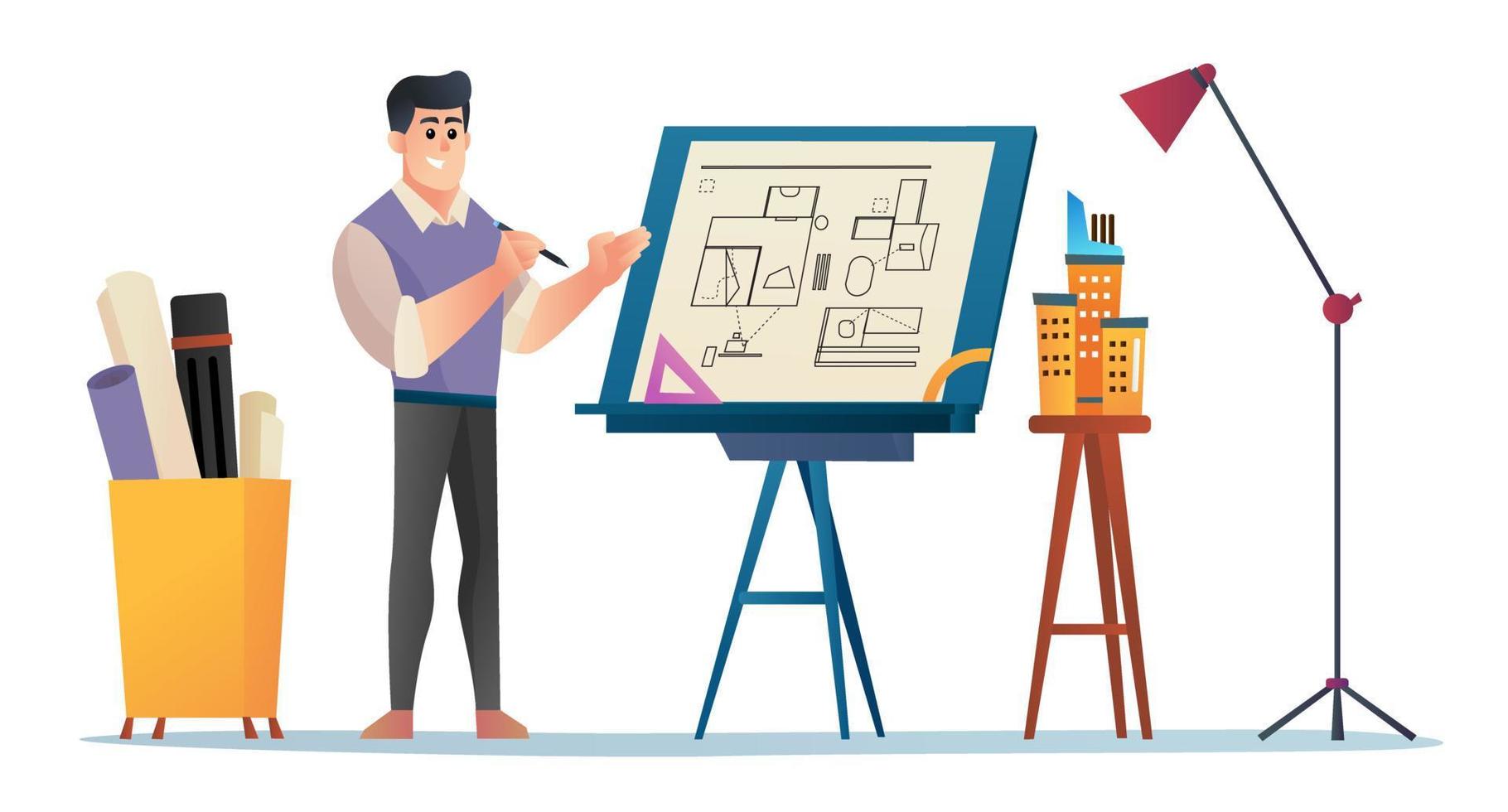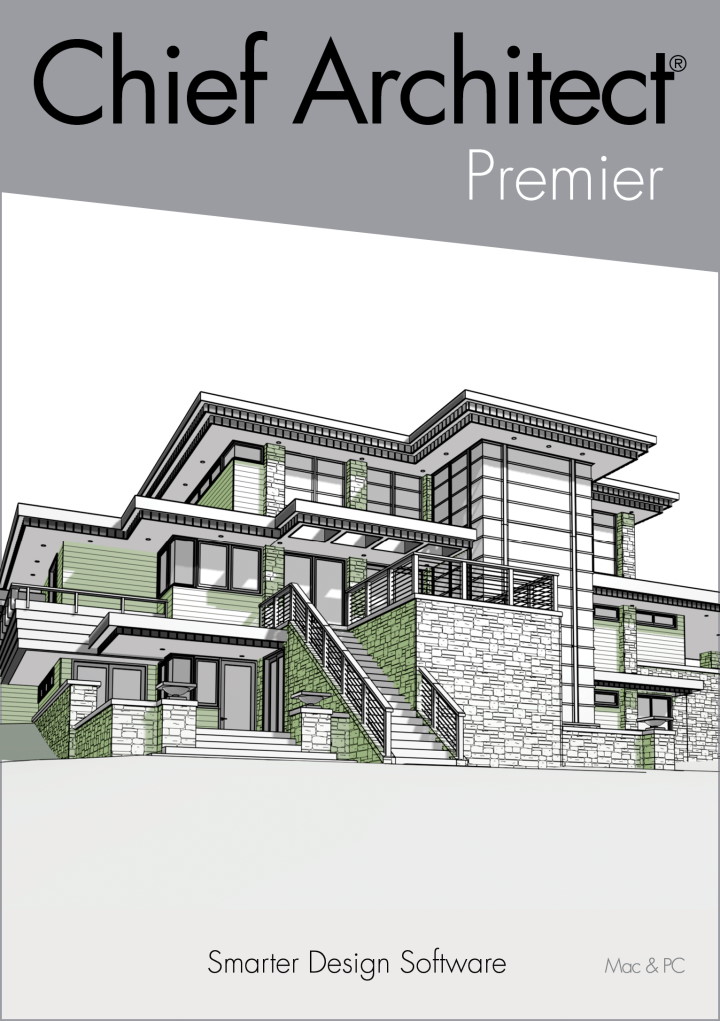Architect Advice on Maximizing Small Urban Spaces
Architect Advice on Maximizing Small Urban Spaces
Blog Article
Comprehending the Diverse Profession Paths Available for Aspiring Architect
As a hopeful Architect, you have a globe of career paths waiting for you. Whether you're attracted to typical style or the nuances of sustainable style, there's a particular niche that aligns with your rate of interests.
Typical Architecture: Designing Frameworks and structures
Typical style concentrates on making structures and structures that blend functionality with visual allure. Your layouts can mirror social heritage, showcasing neighborhood practices while meeting modern needs.
You'll create skills in drafting, model-making, and site analysis, allowing you to imagine and communicate your ideas efficiently. Involving with clients, you'll need to understand their vision and convert it right into practical styles.
Additionally, building codes and sustainability practices are important in your job, guaranteeing your frameworks are environmentally pleasant and safe. As you expand in your job, you'll discover possibilities in property, industrial, or even repair projects, each offering unique obstacles. Embracing typical design paves the means for a satisfying profession that admires the past while forming the future.
Urban Preparation: Forming Neighborhoods and Public Spaces
As a hopeful Architect, you can play a necessary role as a city coordinator, transforming how communities communicate and work. By employing area engagement approaches, you'll assure that citizens have a voice in shaping their setting. Plus, integrating lasting style concepts will aid create areas that not only satisfy today's demands but additionally protect the future.
Role of Urban Planners
While several might consider designers as the single visionaries behind structures, city coordinators play a vital duty fit the wider landscape of neighborhoods and public spaces. They evaluate land usage, zoning laws, and community requires to develop sustainable atmospheres that improve quality of life. By collaborating with numerous stakeholders, you'll aid design parks, transportation systems, and houses that advertise social communication and ease of access. Urban coordinators additionally focus on environmental factors to consider, making certain that developments integrate eco-friendly areas and assistance biodiversity. Your proficiency in spatial layout and area characteristics allows you to envision future growth while maintaining cultural heritage. In this vital duty, you'll straight affect exactly how individuals experience their environments, making every job a chance for favorable modification.
Neighborhood Interaction Strategies
Effective neighborhood involvement techniques are essential for metropolitan planners to ensure that the voices of locals are heard and valued in the planning procedure. To cultivate significant dialogue, you ought to prioritize open forums and workshops where neighborhood participants can express their concepts and issues. Usage studies and social media to reach a broader audience, ensuring diverse viewpoints are consisted of. Collaborating with neighborhood organizations can enhance trust fund and assist in deeper links. It is essential to offer clear info regarding decision-making procedures and proposed tasks, allowing homeowners to feel informed and encouraged. By actively including and paying attention feedback, you'll develop areas that reflect the area's needs, ultimately bring about more lasting and successful urban environments. Accept openness and continuous dialogue for enduring impact.
Lasting Design Principles
When designing urban spaces, incorporating sustainable style concepts is vital for developing settings that grow both ecologically and socially. Take into consideration incorporating green spaces, like yards and parks, to improve biodiversity and improve air top quality.
Creating with water conservation in mind is also vital-- think of rainfall yards and absorptive surfaces to manage stormwater. Including community members throughout the planning process warranties that the rooms you develop satisfy their needs and motivate social interaction. By accepting these concepts, you'll add to dynamic, lasting city landscapes that benefit everybody.

Landscape Design: Developing Lasting Outdoor Environments
As you explore landscape style, you'll discover vital layout concepts that create functional and beautiful outside areas. Sustainable methods play a vital function in making certain these atmospheres grow while minimizing environmental effect. And also, you'll discover a variety of profession possibilities that permit you to make a genuine distinction in how people interact with nature.
Design Concepts in Landscape
Recognizing design principles in landscape design is vital for producing lasting outside atmospheres that integrate with nature. You'll need to consider components like balance, percentage, and scale to ensure your styles feel natural and welcoming. Furthermore, pay focus to seasonal changes, designing with materials that enhance the environments year-round.
Sustainable Practices Introduction
Sustainable techniques in landscape architecture not only focus on visual appeals however likewise focus on environmental health and wellness and source preservation. You can design spaces that promote soil health and wellness, such as utilizing organic products and practicing permaculture principles. Inevitably, these methods ensure your styles benefit both individuals and the atmosphere for years to come.
Career Opportunities Expedition
With a solid structure in lasting techniques, landscape design offers a variety of occupation paths that permit you to make a meaningful influence on the atmosphere. Urban planners frequently collaborate with landscape architects to produce eco-friendly areas in urban setups, improving city livability. If you're passionate concerning education, take into consideration ending up being a landscape architecture instructor, inspiring future generations.
Lasting Design: Concentrating On Eco-Friendly Practices
As you explore your career in design, embracing eco-friendly methods can set you apart in a competitive field. Sustainable layout focuses on producing buildings that decrease environmental influence while enhancing owner health. By integrating renewable materials, energy-efficient systems, and lasting structure methods, you'll add to a greener my latest blog post future.
Start by getting knowledge of environment-friendly certifications like LEED or BREEAM, which can boost your qualifications. Consider exactly how all-natural light, ventilation, and thermal efficiency can enhance layout. Team up with engineers and environmental consultants to introduce solutions that decrease waste and save sources.
Do not fail to remember the importance of community involvement-- appealing neighborhood stakeholders can motivate layouts that harmonize with the environment. As clients progressively focus on sustainability, your competence in environmentally friendly methods will certainly not just bring in tasks yet likewise meet your interest for liable style. Welcome this essential aspect of the occupation, and view your occupation grow.
Historical Preservation: Shielding and Recovering Social Heritage
While you start on your building journey, think about the crucial duty of historical conservation in preserving our cultural heritage. This field concentrates on the defense and reconstruction of significant structures, websites, and structures that inform the tales of our past. By participating in historical preservation, you'll aid protect the building tradition that shapes neighborhood identity.
As a historical preservation Architect, you'll evaluate historical relevance and examine the condition of frameworks. You'll work closely with preservationists and historians to ensure authentic remediation strategies are used. This profession course enables you to blend creativity with research, allowing you to design services that value original products and workmanship.
Your job not only contributes to sustainability by reusing existing buildings yet also fosters a feeling of satisfaction within neighborhoods. Embracing this path will aid you come to be a guardian of history, protecting the tales and looks that improve our lives.
Interior Style: Enhancing Indoor Spaces
Historic preservation and interior style both share a commitment to boosting the developed atmosphere, yet they concentrate on various facets. While historical preservation highlights preserving a framework's social and historic value, indoor style zeroes in on maximizing interior areas for performance and aesthetics.
As an aspiring Architect, you'll find that indoor design permits you to blend creative thinking with technical abilities. You'll make rooms that not just look excellent yet additionally promote convenience and performance. This area entails comprehending just how light, shade, and products communicate within an area, affecting mood and usability.
You'll work with numerous jobs, from domestic homes to commercial offices, making certain that each setting satisfies the demands of its passengers. By prioritizing customer experience, you can transform interiors right into inspiring and practical spaces, making a considerable effect on just how individuals interact with their surroundings. Embrace the chance to enhance indoor environments and shape the way people live and work.
Industrial Layout: Combining Performance With Aesthetics
Commercial layout plays a crucial duty in producing products that perfectly blend aesthetics with capability, making certain that what you utilize daily is not just aesthetically attractive but additionally functional. As a hopeful Architect, you can engage yourself in this area, focusing on making whatever from furniture to consumer electronic devices. Your work entails comprehending user demands, products, and manufacturing procedures, enabling you to create innovative services that enhance daily experiences.
In industrial style, you'll often team up with marketers, designers, and producers, making certain that your layouts are not only beautiful however also practical. You'll discover to balance type and function, prioritizing functionality without giving up style. By developing your abilities in laying out, 3D modeling, and prototyping, you'll be fully equipped to bring your concepts to life. This career course supplies a dynamic setting where creativity meets usefulness, making it a satisfying their explanation choice for architects curious about forming the items of tomorrow.
Frequently Asked Concerns
What Educational Qualifications Do I Required to End Up Being a Designer?
To become an engineer, you'll need a specialist degree in design, commonly a Bachelor's or Master's. In addition, you'll have to finish an internship and pass the Architect Enrollment Evaluation to exercise legitimately.
Exist Qualification Demands for Various Architectural Occupation Paths?
Yes, there're qualification needs for different architectural courses. Architect. You'll require to pass exams, full internships, and in some cases seek specialized training, relying on your selected focus, like landscape architecture, city style, or historical preservation
What Software Program Abilities Are Essential for Designers Today?

Just How Can I Gain Practical Experience While Examining Architecture?
You can acquire functional experience by interning at building firms, joining layout competitions, offering for find here community tasks, or working together with classmates on real-world tasks. These opportunities boost your skills and develop important connections in the market.
What Work Opportunities Exist Outside Typical Architecture Firms?
You can discover various task opportunities outside standard style firms, like city planning, indoor design, landscape design, construction administration, property growth, and even functions in sustainability consulting. Each deals distinct obstacles and rewards.
Whether you're drawn to conventional style or the nuances of sustainable style, there's a niche that lines up with your passions.When developing city spaces, incorporating sustainable style concepts is essential for developing environments that grow both ecologically and socially.As you explore landscape design, you'll discover vital layout principles that produce lovely and functional exterior areas.Recognizing style concepts in landscape architecture is essential for developing sustainable outside settings that balance with nature.In commercial style, you'll often collaborate with designers, suppliers, and marketing experts, making certain that your styles are not just beautiful yet additionally feasible.
Report this page